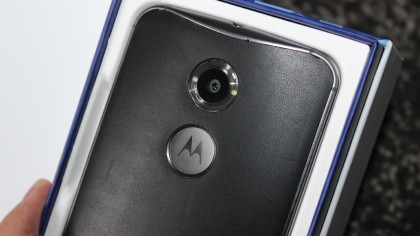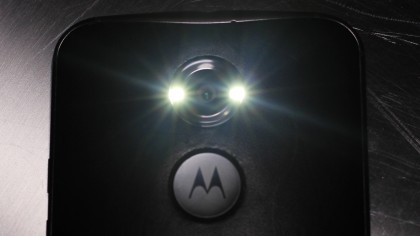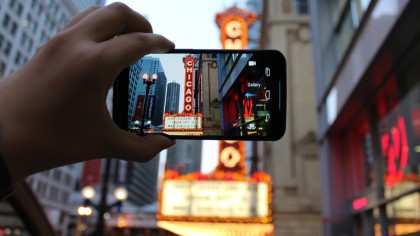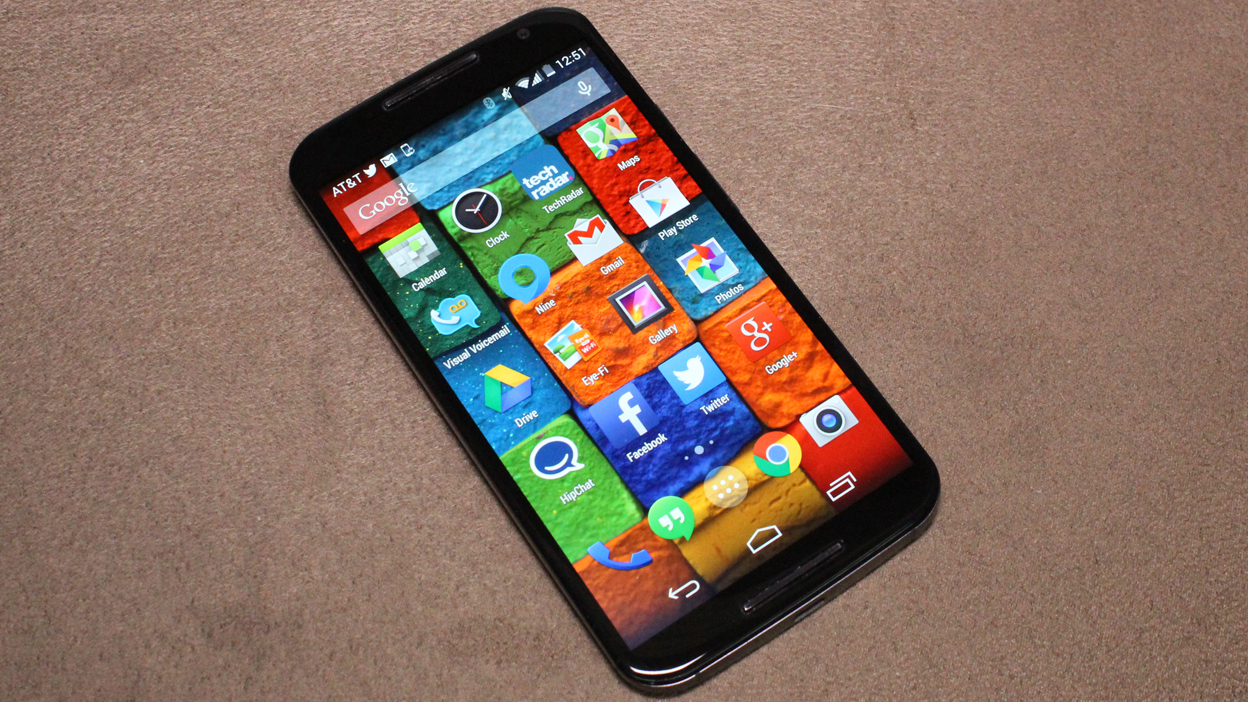Why you can trust TechRadar
Moto X 2014 can't pull off "premium" without a vastly improved camera considering the previous models middling snapper. Motorola bumps the specs to 13MP, up from the 10MP rear camera that proved extremely inconsistent 12 months earlier.

With a 13MP sensor that's identical to many of today's Android smartphones, the new Moto X took much sharper pictures than its predecessor. It also put the autofocus in the right place more times than not. That's not to say that its performance was flawless or as responsive as the speedier LG G4, but I walked away with higher-resolution photos and subjects in focus without the need to plead for retakes. It's a step in the right direction for Motorola.

The default camera app is simple and straightforward like last year, offering a tap-to-snap touchscreen shutter button, Auto HDR and Panorama. The controls are hidden to the left, while swiping right explores the gallery. What's interesting here is that Motorola's software tries to pick out the best pictures via its Highlight Reel functionality. It's not always perfect, but it does weed out blurry shots and handily group images for a quick comparison.

Keep in mind that Moto X's stripped-down manual focus and exposure options may make you leap for third-party alternatives in the Google Play Store, but Motorola's camera app is the only one that opens with two twists of a the wrist. Even if you don't use the default app all of the time, this shortcut makes for easy to capture photos in a minimal amount of time.

The 13-megapixel camera is accompanied by a unique-sounding ring flash, which essentially means the lens is flanked by two LED flash bulbs. The right and left lights do an admirable job brightening up subjects to balance shots, but approaching subjects too closely still results in overblown pictures.

When the Moto X gets things right colors temperature are oversaturated and pushed to the extreme on the equally saturated AMOLED. It's vibrate-looking, though not true to life in all cases. Selfies are best shot with the front-facing camera that's 2 megapixels and doesn't have a flash even if you want one.

Both cameras can shoot 1080p HD video, but only the rear-facing camera is capable of slow motion video at 120fps and Ultra HD video quality at 30fps. The pixels extend to 2160p, which means Motorola is now welcomed into the 4K smartphone capture club. Whether or not you really want to use up your limited internal storage for such video files is up to you.

